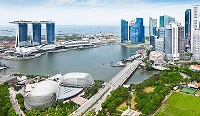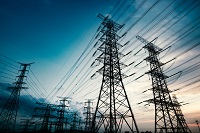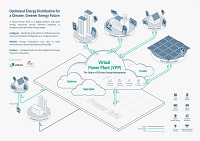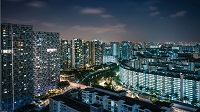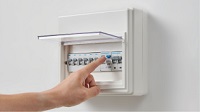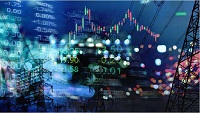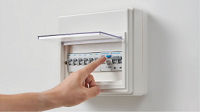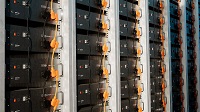Jason, who was actively involved in this project, revealed, “This project would not have been possible without the close partnerships we have with the industry. Typically, a project of this scale would have taken over a year to complete, from design conceptualisation to deployment. Yet, we managed to get this utility-scale ESS operational in just six months.”
Besides land-based ESS, EMA is also collaborating with industry partners to pilot new use cases and business models for ESS.
As part of a partnership between EMA and Seatrium Limited, both parties piloted Singapore’s first floating and stacked ESS on Seatrium’s Floating Living Lab.
With a deployment footprint of up to 40% less than land-based ESS, this project offers valuable insights for future ESS deployments on mainland Singapore to effectively overcome our land constraints.
